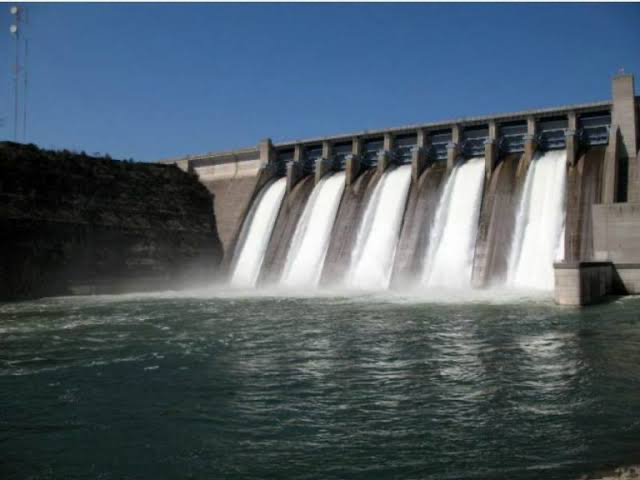Sierra Leone is taking significant steps to improve its low electricity access rate by committing to various renewable energy projects. These initiatives, driven by the country’s Presidential Initiative on Climate Change, Renewable Energy & Food Security (PI-CREF), include a major hydropower and solar PV project. The recently signed Memorandum of Understanding (MoU) for this ambitious project outlines a phased approach, with plans to build a 200MW hydro-solar plant. This plant, which is expected to be completed in two to three years, will almost double Sierra Leone’s total installed electricity capacity in its first phase.
Infinity Power, the developer behind this project, aims to develop 200MW of renewable energy generation by expanding the capacity of hydroelectric dams. This expansion will include the installation of both floating and ground-mounted solar PV systems, with potential plans to integrate wind and battery storage solutions. Overall, Infinity Power has committed to installing 1GW of renewable energy in Sierra Leone by 2033, which will be implemented in various phases. This substantial increase in renewable energy capacity is expected to significantly enhance the country’s energy landscape.
In a recent statement, Sierra Leone President Julius Maada Wonie Bio confirmed his administration’s commitment to updating the Goma Hydropower Station. This station, which currently has a generation capacity of 6MW, has the potential to double its output to 12MW. In addition to the Goma Hydropower Station update, Sierra Leone signed an MoU with the European Union earlier this month to deploy 57 solar mini-grids in rural communities that currently lack electricity. This initiative aligns with President Bio’s broader vision to pursue both bulk power and decentralized renewable energy solutions, which are crucial for powering the country’s economic development through reliable, affordable, sustainable, and modern energy sources.
However, Sierra Leone faces multiple challenges in developing its electricity infrastructure. According to the Ministry of Energy, the national electrification rate stands at 26%, with a dramatic drop to 6% in rural areas where the majority of the population resides. Several barriers have hindered the expansion of grid-based electricity access and the improvement of service quality. These barriers include a weak and limited transmission and distribution system, non-technical deficiencies within the utility resulting in high technical and commercial losses, insufficient generation capacity, seasonal variability in hydropower production, and institutional and regulatory constraints.
To address these challenges, the Ministry of Energy has developed an Energy Sector Roadmap and action plan. This comprehensive strategy aims to increase energy access through a combination of technical and non-technical interventions. A key part of the roadmap is to incorporate Sierra Leone’s abundant renewable energy resources, ensuring a secure energy supply to rural communities and boosting the national economy.
One of the most significant projects in this roadmap is the planned expansion of the Bumbuna Hydroelectric Dam. The Ministry of Information and Civic Education recently announced that plans are underway to increase the dam’s current capacity of 50MW by adding two more turbines. This expansion could generate an additional 120MW within the next two to three years, further strengthening the country’s renewable energy infrastructure.



